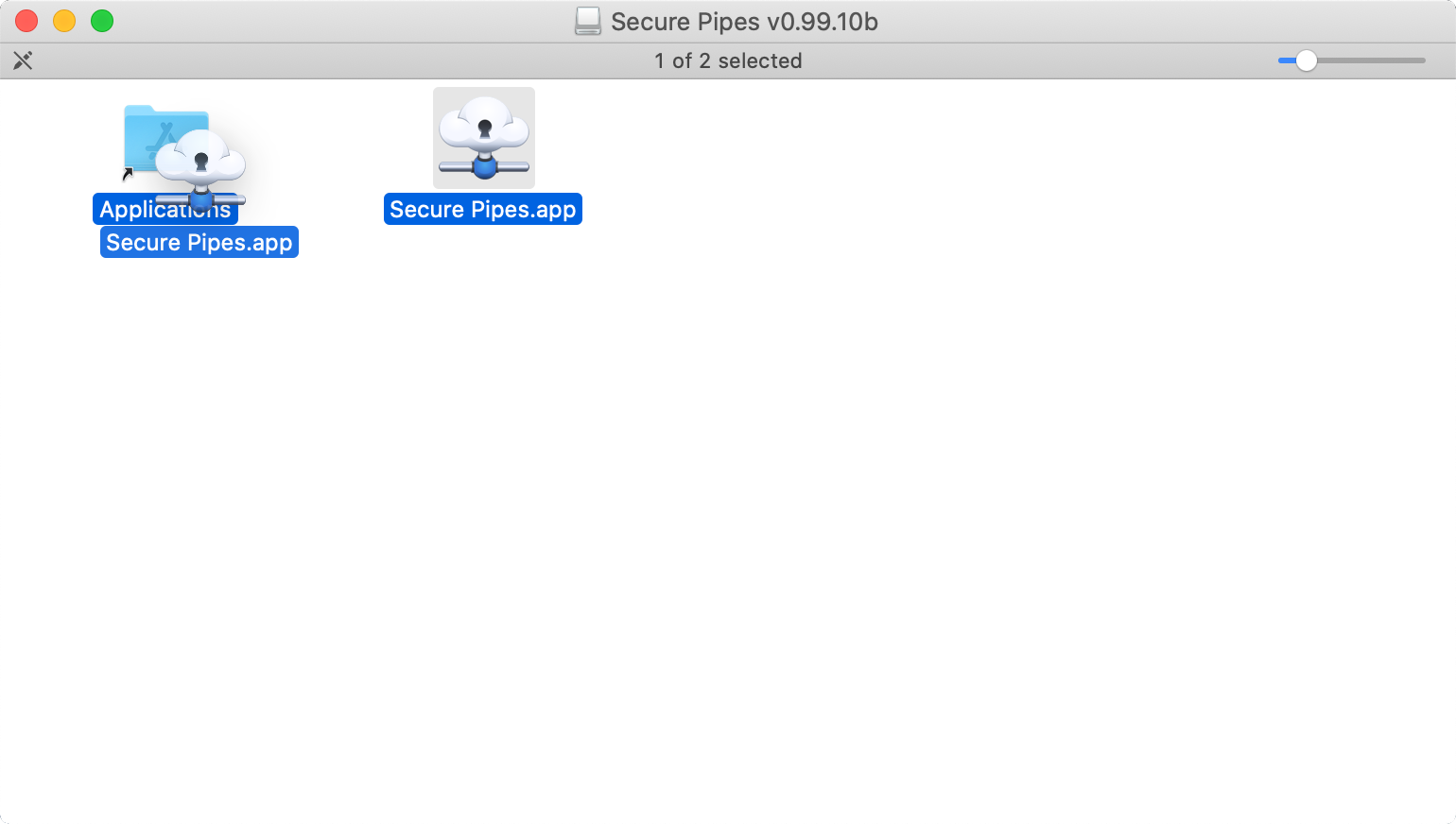
If you want to disconnect the tunnel just go to the terminal window with the ssh -N -D command running and use “control + C” to stop the command which will terminate the tunnel. So for example you could log into your remote firewall’s web interface from its private interface, such as 192.168.1.1. Now the tunnel is up the remote network web interfaces are available to your browser by their private ip addresses. Now back in the browser go to again and this time it will display the broadcast public ip address of the remote network where the Linux server is and this confirms the tunnel is working. Click OK to save the settings change and close out of the preferences menu.Ħ.

In the proxy servers menu you will need to configure the SOCKS server using ip address 127.0.0.1 and the port you used above in step 2, so in my case it is 8080. In the preferences menu go to the network options, then look for a “Proxy Servers” setting button.ĥ. Again I am using Opera for this example but you could use any browser, Chrome, Firefox, etc.Ĥ. The next step is to configure a web browser to use the remote Linux server as a SOCKS proxy so to do this open your web browser and enter the preferences menu. ssh -N -D 8080 you enter in your password the prompt will just sit there and not do anything, don’t worry that is what its supposed to do. Also this “open failed: connect failed: Connection timed out” error may show up which is normal and expected, just continue to the next step.ģ. This example is using port 22 to SSH into the server but you could use the “-p” option to specify any port for SSH. Once you have that use the following command from the terminal, ssh -N – D or hostname”. You will need the hostname or ip address, username and password for your remote Linux server. Now that we have a baseline it is time to establish the SSH tunnel with your server. You can also tunnel local area network servers, not just your localhost. For example, localhost:80, or localhost:8080. Enter the hostname:port of your local web server.

#MACOS SSH TUNNEL HOW TO#
Next how to get an SSH tunnel setup using the built-in Mac terminal CLI.Ģ. To open a tunnel, start using Browserling and click the SSH Tunnel menu and choose Linux/Mac as your platform. Go to which will display the public ip address your computer is broadcasting on the internet. Start by opening up a web browser, I chose to use Opera for this test. Before we do anything let’s get a baseline and see what our public ip address is.
#MACOS SSH TUNNEL FOR MAC#
Well that is also just as easy, I documented step by step instructions for Mac users to establish a SSH tunnel between Mac OS X and a remote Linux server.ġ. Here is an autossh command which you may recognize. The job it has is to verify your ssh connection is up, and if it’s not, create it. Creating SSH tunnels using a Windows PC with Putty SSH client is easy but what happens if you are using an Apple computer with Mac OS X. The autossh command is used to add persistence to your tunnels.


 0 kommentar(er)
0 kommentar(er)
